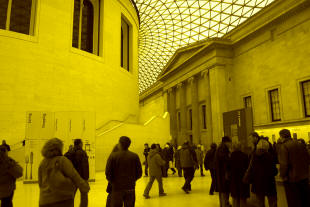What is word class?
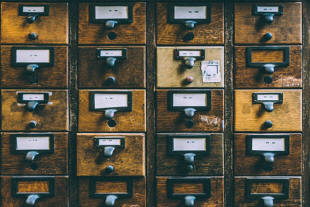 |
| categorising words |
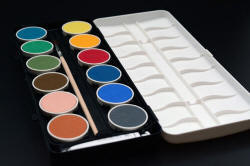 |
Types of words |
In the Second Edition of the Oxford English Dictionary there are
entries for 171,476 words. Obviously, we need some way to make
sense of all that information.
Word class categories are one way we do that. You may have a
recollection of being told about parts of speech at
school and that is just another term for word class.
In this table there are two examples of each kind of word in English
(ten types in all). Can
you pair them up?
Click on the table when you think you have the answer.

Here is what we have:
- they and he
- these are pronouns. They function to stand for people
or things so instead of
Mary worked in the garden
we can say
She worked in it
with she standing for Mary and it standing for the garden. - ah! and ouch!
- these are interjections. They carry little meaning in
themselves but they show the speaker's attitude. For
example:
Ah! I see (showing dawning comprehension)
Ouch! (expressing pain) - happily and fast
- these are adverbs, showing how something is done or happened in, e.g.:
He agreed happily (how he agreed)
Jane drove fast (how she drove)
they can also tell us more about an adjective. For example:
That's very beautiful (emphasising the adjective)
they can also tell us about another adverb. For example:
He came extremely reluctantly - an and the
- these are articles (and the other one is a). They give
us information about the noun. For example:
I saw a car (any car)
I saw the car (a particular car) - enjoy and go
- these are verbs which tell us about an action, state or
event.
I enjoyed the party (expressing a state of mind)
I go on Thursday (expressing movement away) - by and out
- these are prepositions which tell us when or where a verb
refers to.
I'll arrive by 6 (expressing the connection between an action and the time)
They went out the window (expressing the connection between an action and a place) - but and whereas
- these are conjunctions which serve to connect ideas.
I rang but she was out (expressing a negative result)
He lives in London whereas his sister lives in Paris (expressing a contrast) - this and those
- these are demonstratives telling us about the number and
position of something (there are only two others: that
and these)
Those are nice (more than one thing far from the speaker)
This is beautiful (one thing near to the speaker) - hopeful and blue
- these are adjectives telling us about a person, feeling or
thing
He's feeling hopeful (telling us about he)
The blue vase (telling us about the vase) - ability and flower
- these are nouns for an abstract idea and an object and nouns can
also be people, times, feelings and places
The child has ability
The flowers are gorgeous in spring
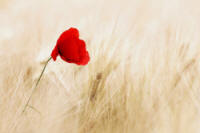 |
One more class |
There is another category of words not considered above because
it subsumes some of the traditional categories: determiners.
Determiners are words which modify nouns to tell us what we are
referring to. Determiners include:
- articles: a, the, an
- quantifiers: some, any, all, another, both etc.
- demonstratives: this, that, these, those
- possessives: my, our, his, her etc.
- interrogatives: whose, which, whatever etc.
There's a full list of determiners here.
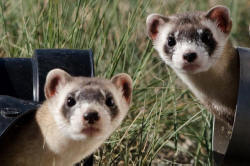 |
Two varieties of words |
This is not the place to explain in any detail the characteristics of each type of word class (for that, go to the essential guide to the area) but there is one division that is very important.
- lexical or content words: these words carry meaning
even when they stand alone and include:
- adjectives such as blue, big, lonely, happy etc.
- verbs such as go, arrive, contemplate, type, think etc.
- nouns such as Monday, table, The President, army, fish, sugar etc.
- adverbs such as quickly, fast, slowly, alone, recently etc.
- function or grammar words: these words
carry no intrinsic meaning but make the grammar of the language
work and connect lexical words together. They include:
- pronouns such as he, she, it, they, mine, yours, one, everyone, nobody etc.
- conjunctions such as because, so, if, when, as, although etc.
- demonstratives: this, that, these, those
- articles: a, an, the
- determiners: including articles, demonstratives, quantifiers and possessives such as the, those, five, your etc.
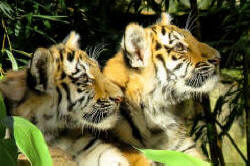 |
One more distinction |
A second division follows on from the first:
- open-class items:
these classes of words (mostly lexical) are not limited.
We can, and frequently do, invent new words as a glance at
updated dictionaries will show. We also extend the
meanings of current words into areas outside their traditional
significance and/or word class. These include, for
example:
- verbs: to Google, to text, to livetweet etc.
- adjectives (and often, their derivable adverbs): cray (crazy), fratty (of behaviour typical of student fraternities), antivax (opposed to vaccinations)
- nouns: omnishambles (a situation in which everything has gone wrong), selfie, e-cigarette, Trumpisms etc.
- closed-system items:
these are generally the grammatical or function words in the
list above. It is vanishingly rare for languages to
produce new pronouns, prepositions, conjunctions or determiners
(although, for example, hizzer has been proposed as a
gender-neutral determiner to substitute for his or her
and the use of Ms. as an honorific to replace Miss
or Mrs. is widespread).
Words in this group can, however, become outdated and fall from use. Prepositions and adverbs such as yonder, betwixt, whence and whither are now rarely heard or seen, for example.
If you want to discover more about types of words, go to the essential guide to word class.
 |
Learn more about: |
 |
Take a test |
To make sure you have understood so far, try
a very short test of your
knowledge of word class.
Use the 'Back' button to return when you have done that.
If you got that all right, it is safe to move on.
The next area to learn about is the Meaning of words. Click here to go to that section.
